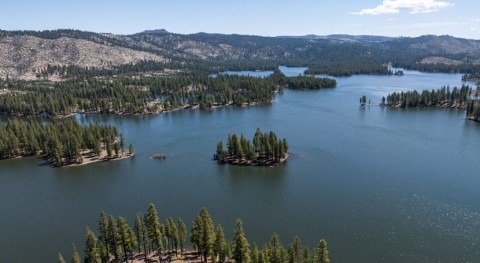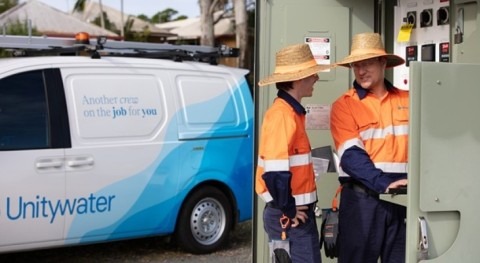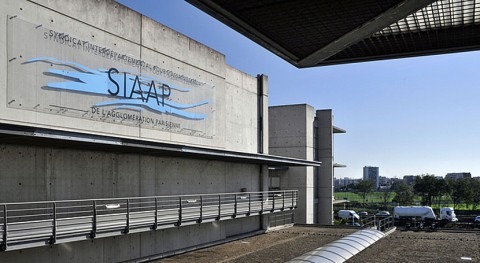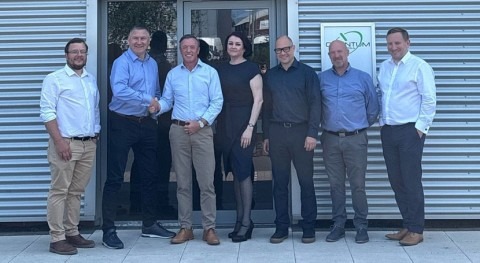Researchers from the National Water Research Center and Benha University in Egypt have assessed the flood risk due to a potential failure of the Grand Ethiopian Renaissance Dam (GERD) and its potential impacts on the downstream countries, Sudan and Egypt.
The Grand Ethiopian Renaissance Dam is considered one of the biggest dams in Africa. Located about 20 km upstream of the Ethiopia–Sudan border across the Blue Nile River, the dam holds the promise of generating vast amounts of electricity, potentially transforming Ethiopia into a regional powerhouse in terms of energy production. Ethiopia initiated dam construction in 2011. The maximum volume storage is 74 BCM and the average volume storage is 49 billion cubic metres (BCM). However, its construction has stirred controversy and tensions among Ethiopia, Egypt, and Sudan, rippling through the geopolitics of the region.
A numerical HEC-RAS model (Hydrologic Engineering Center-River Analysis System, developed by the US Army Corps of Engineers) and a SOBEK 1D-2D model were used to simulate the Blue Nile and Nile River downstream from the GERD to Lake Nasser in Egypt, considering five important dams on the Blue Nile: GERD, Roseires, Sennar, Merowe, and the Aswan High Dam. The results have been published in Applied Water Science.
Floods caused by dam failure can result in loss of human life and property, depending on the size of the population at risk, the size of the flood area, and the warning time available. Forecasts of dam break floods, the inundated area, flood wave propagation, flow velocity, flood depth, and flood wave travel time are needed to prepare an emergency and evacuation plan. The study highlighted the following conclusions:
- In case of GERD break, the Roseires and Sennar dams would collapse, while the Merowe dam can endure if the emergency spillway is put in operation.
- The whole city of Khartoum would be inundated.
- Wave width would be on average from 10 to 150 km in Khartoum city.
- Water velocity at downstream dams would range from 9 to 36 m/s.
- Wave height would reach 100 m downstream GERD, 64 m downstream the Roseires dam and 31 m downstream the Merowe dam.
Transboundary cooperation is vital for managing any risks associated with the GERD. Should a dam failure occur, collaborative efforts among Ethiopia, Sudan, and Egypt are crucial. Such cooperation is essential to develop emergency preparedness plans, early warning systems, and crisis management protocols. However, negotiations surrounding the GERD have been fraught with challenges, ranging from disagreements over water allocation to concerns about the dam's filling and operation.
Prioritizing cooperation over conflict is paramount to facilitate effective communication and resolution of disputes related to the GERD's operation and safety and ensure sustainable water management practices and the well-being of all stakeholders in the Nile Basin.


















